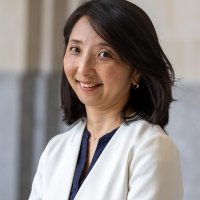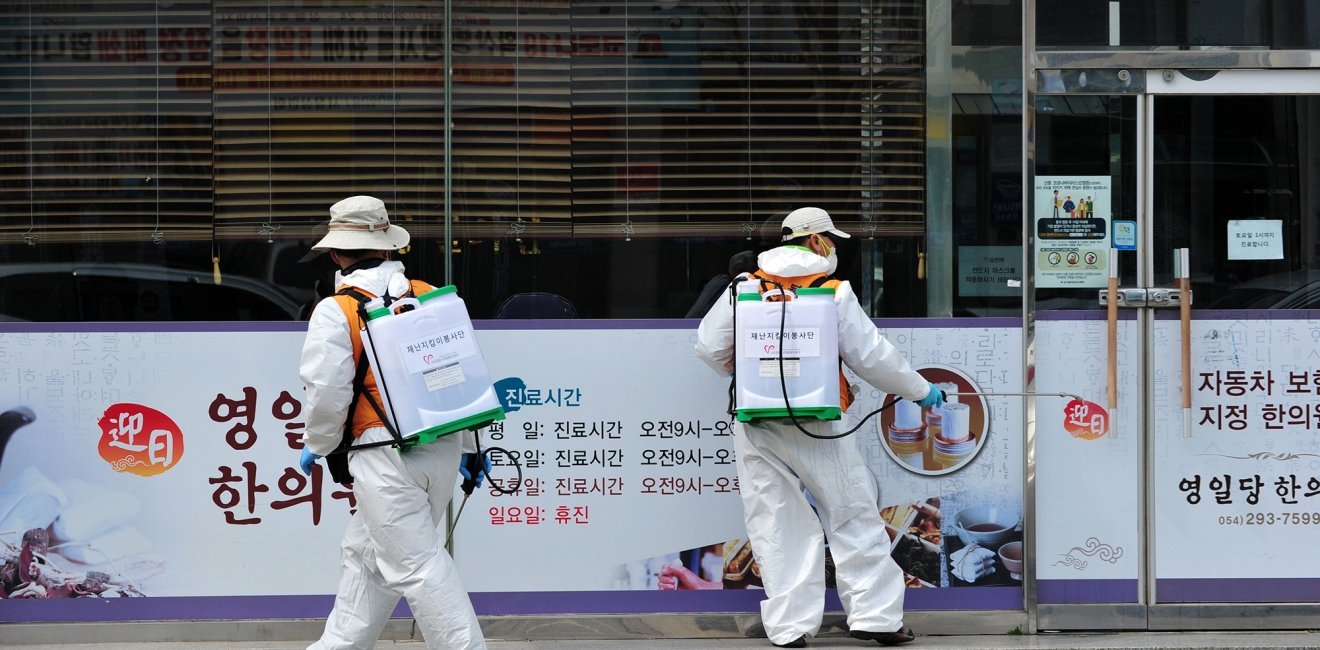
A blog of the Indo-Pacific Program
It’s been nearly three decades since the World Bank released its report about the success of the so-called Asian Tigers in pulling the countries out of poverty and putting them on a path for galloping growth. Much touted when it was first released, The East Asian Miracle hasn’t received much attention since the late 1990s, not least because it highlighted Japan’s economic model as the path for success across the region. Instead, the study has become more of a cautionary tale about rapid expansion not necessarily leading to sustainable growth, and a lesson in what not to do.
In the global fight against COVID-19, however, the practices of governments across Asia in how they are keeping the spread in check and providing the necessary health services is garnering greater interest. But with the pandemic leading to as big, if not a bigger economic crisis as much as a health crisis, the fiscal policies and social spending plans that Asian nations will be pursuing should also be attracting more attention as well.
From strict quarantines in China, to testing of large swaths of the population in South Korea, and efficient use of data to provide necessarily medical care in Taiwan as well as stringent social adherence to prevent the virus’s spread in Japan, East Asia has largely succeeded in being able to keep the contagion’s spread from ballooning still further. Granted, it’s too early to declare that they have been able to flatten the curve of virus’s trajectory, especially since there are now growing fears of a secondary spread.
...the governments of Japan, South Korea, and Taiwan may be ahead of their European and U.S. counterparts in preparing for a post-pandemic economic order.
What the East Asian experience has demonstrated over the past several weeks, though, is that there are public economic, social, and healthcare policies that can reassure the public both in the near- and longer term. At the same time, the governments of Japan, South Korea, and Taiwan may be ahead of their European and U.S. counterparts in preparing for a post-pandemic economic order.
After all, the outbreak has led to a crisis in confidence of government leadership as much as it has been a crisis on the health and economic fronts. Yet in East Asia, public support for Prime Minister Shinzo Abe, President Moon Jae-in, and President Tsai Ing-wen respectively have gone up in varying degrees as the leaders have been seen as being effective in preventing the pandemic from spreading to disastrous levels, at least for now.
What is also noteworthy is that confidence in government, regardless of political ideology, has been and continues to be strong across East Asia. Indeed, one of the highlights from the East Asian Miracle had been a social compact between the leadership and voters of wealth distribution across the board. While much of the World Bank study concentrated on the process of identifying and investing in industrial priorities that would lead to economic competitiveness, the report also focused on the comprehensive approach to Asia’s path for a miracle by lifting all boats out of poverty. The expectation has been that as a nation moves up the economic ladder and GDP rises, there would also be increased spending in public healthcare, as well as in education, social welfare services, and infrastructure development. So even if the spread of wealth is not equitable, economic expansion would have a larger social benefit.
Expectations for a social compact between the government and voters still remain strong across Northeast Asia. The global pandemic has highlighted the weaknesses of a lack of a national healthcare plan and minimal social safety nets. In fact, worries about not being able to afford healthcare and income often seen as the determinant for medical access will only increase the allure of Asia’s response to the pandemic.
There is no precedence to trying to recover from weeks – or even months- of frozen economic activity.
The bigger challenge, though, may well be recovering economically from the disruptions caused by the virus, even when the health threat has abated. The outbreak has already given traction to some ideas that may have been considered too outlandish only a few weeks ago, such as a universal basic income. It has also accelerated the debate about how to support those hardest hit financially by the outbreak. COVID-19 could well fundamentally change global economic relations, from shifting supply chains to reinvesting in critical industries, and giving credence to the idea of industrial policy. There is no precedence to trying to recover from weeks – or even months- of frozen economic activity. A rebound will undoubtedly require creative solutions, but there is also a great to be learned from Asia’s experience until now, and its focus on investing in human capital may well be a lesson that could benefit global growth in the longer term.
Follow Shihoko Goto, deputy director for geoeconomics and senior associate for Northeast Asia, on Twitter @GotoEastAsia.
The views expressed are the author's alone, and do not represent the views of the U.S. Government or the Wilson Center. Copyright 2020, Asia Program. All rights reserved.
Author


Indo-Pacific Program
The Indo-Pacific Program promotes policy debate and intellectual discussions on US interests in the Asia-Pacific as well as political, economic, security, and social issues relating to the world’s most populous and economically dynamic region. Read more


Hyundai Motor-Korea Foundation Center for Korean History and Public Policy
The Center for Korean History and Public Policy was established in 2015 with the generous support of the Hyundai Motor Company and the Korea Foundation to provide a coherent, long-term platform for improving historical understanding of Korea and informing the public policy debate on the Korean peninsula in the United States and beyond. Read more





